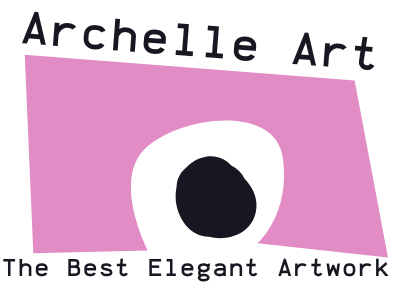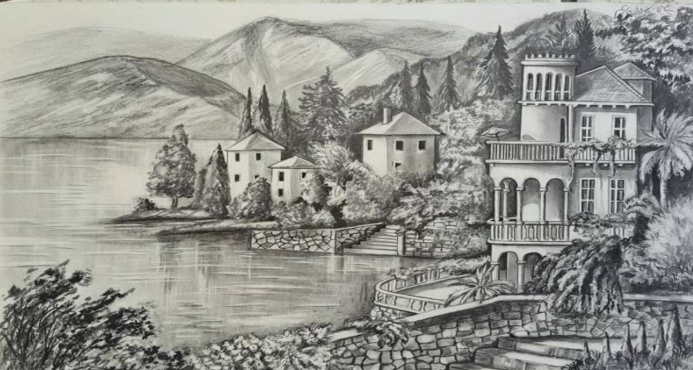Oil Portray Papers provide an obtainable, inexpensive area that has some of the familiarity of canvas but devoid of its weight and bulk. Even far better – these papers occur prepared primed, so you really do not need to commit time prepping them just before painting. They’re ideal for fast reports as properly as concluded paintings. In this article we acquire a search at our oil portray paper selection, see how they differ from other artwork papers and go over how to prep other papers so they are ready for oil painting.
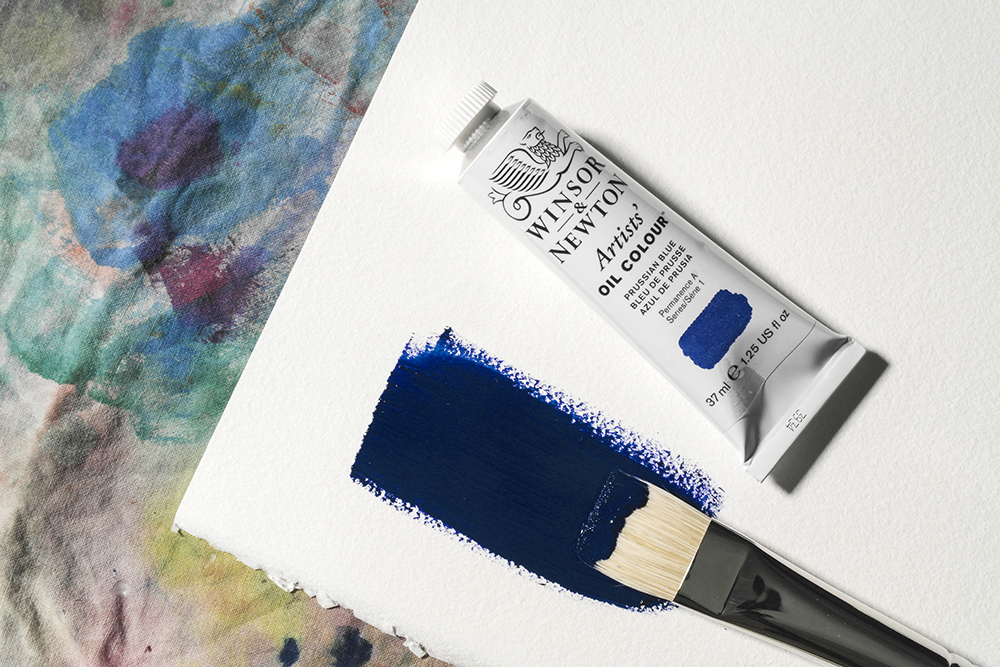
When you assume of oil paint and paper your very first response will almost certainly be that the two do not blend. It may perhaps surprise new oil painters in individual to listen to that oil painting on paper is totally feasible. Whilst it is real that most paper will take in oil and steadily degrade more than time, oil papers are specially treated to significantly reduce this happening. In truth, Winsor & Newton dispel any myths that paper isn’t suited for oils:
So offering your paper is thoroughly taken care of, there is definitely no rationale why you shouldn’t use oil paint on it. Its only weak point will come from its lack of rigidity. Traditionally, canvas and panel have been much extra preferred than paper – but today’s oil painting papers offer artists with a responsible, long-lasting surface area that demands minor to no preparing. It is also comparably more easy to shop, transportation and ship. There are even alternatives for artists on the lookout to prep other kinds of paper they previously very own to make them ideal for use with oil paints. Obtain out a lot more about our oil painting papers and prepping other papers for oil portray by utilizing the backlinks below or continue on looking at for a complete overview.
What is Oil Portray Paper
Oil painting papers are specially treated to deliver out the greatest overall performance of your oil paints. Oil paint is basically made up from two important factors – the pigment and the oil binder. The oil binder is the section that poses the trouble for paintings produced on paper. In an untreated paper, the oil information of the paint would swiftly take in into the paper fibres. Not only will this make your paper rot more than time, it will also trigger your paints to develop into boring and flat. As the paint loses its binder it will also get started building adhesion difficulties. In the worst scenario scenario you will discover that your oil paint commences crumbling absent. The great news is that any oil painting paper has dimension to prevent this occurring.
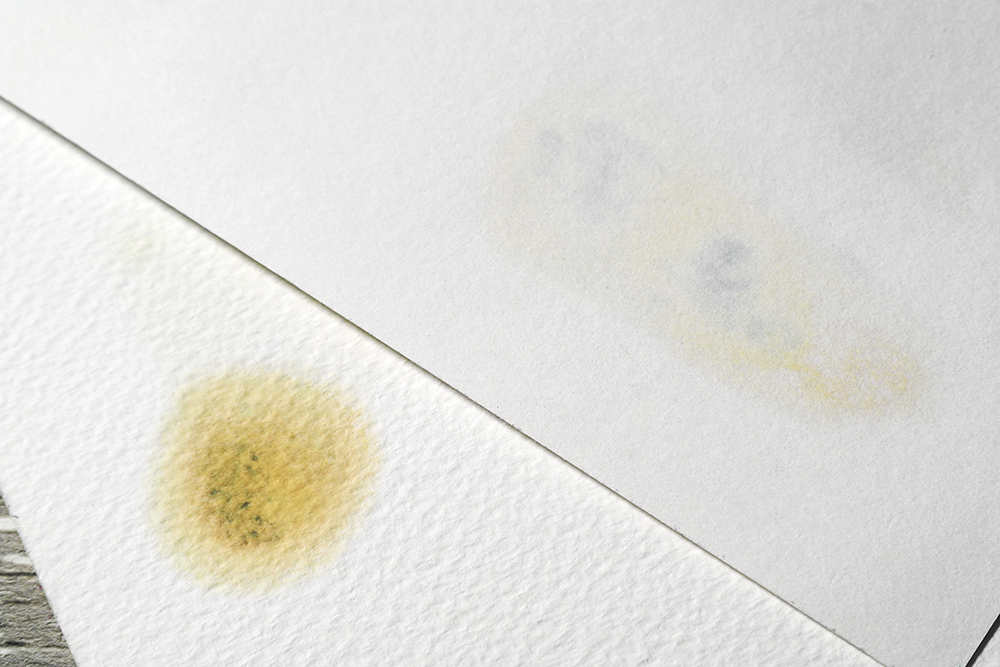
Sizing to handle absorption
Size is in essence a sealant that acts as a barrier concerning the paper and no matter what paints and mediums you apply to it. It dramatically minimizes the volume of oil that absorbs into the paper, so you needn’t worry about the lengthy-phrase longevity or integrity of your paints. While no paper is 100% resistant to oil absorption, oil papers decrease it to a issue wherever you needn’t feel far too much it affecting your portray. This sizing makes certain your paint will sit radiantly on the paper’s area, retaining its brightness and gloss.
Which oil paints should really you use on oil painting paper?
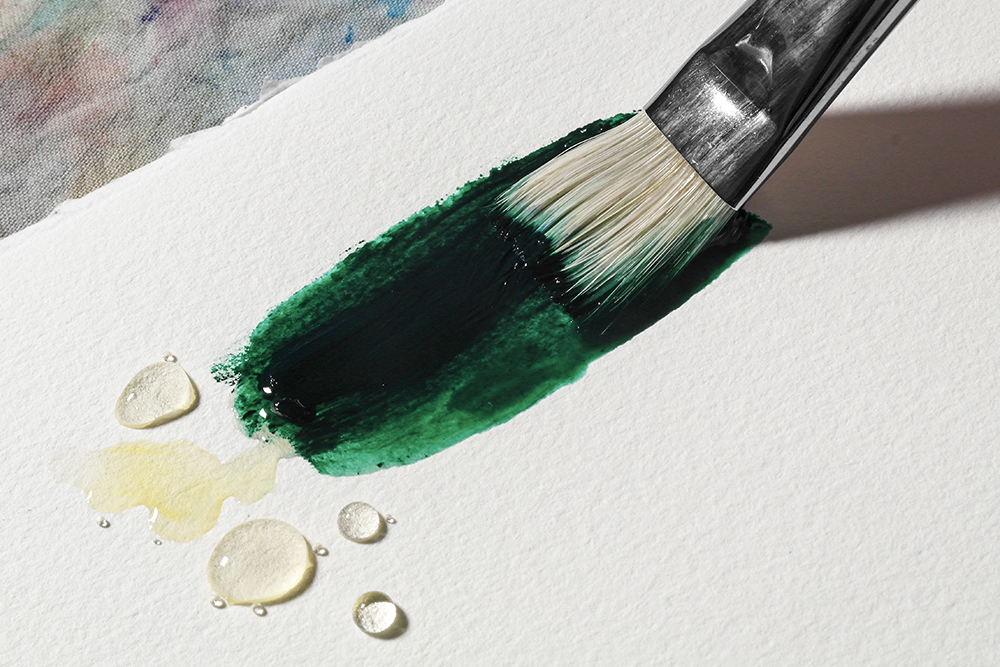
Oil Painting Papers are appropriate for use with any oil paints – no matter whether you prefer doing the job with classic oils, quick-drying alkyds, water-mixable oils or oil sticks. If you slim your drinking water-mixable oil paints with water on your own you may possibly notice that the paint beads up a tiny, primarily with incredibly dilute programs. Working with speedy-drying alkyd oil paints will further lessen the seepage of oil into your paper.
Texture and Composition
All oil papers have some degree of tooth and texture to them. The majority are pressed with a linen-like pattern that mimics the tooth and drag you’d knowledge on real canvas. Two notable exceptions are Arches Huile and Fabriano Pittura. Both of those these papers have an irregular texture to them, that is extra akin to a NOT watercolour paper. Color sensible, oil painting papers assortment from nearly white to a creamy off-white.
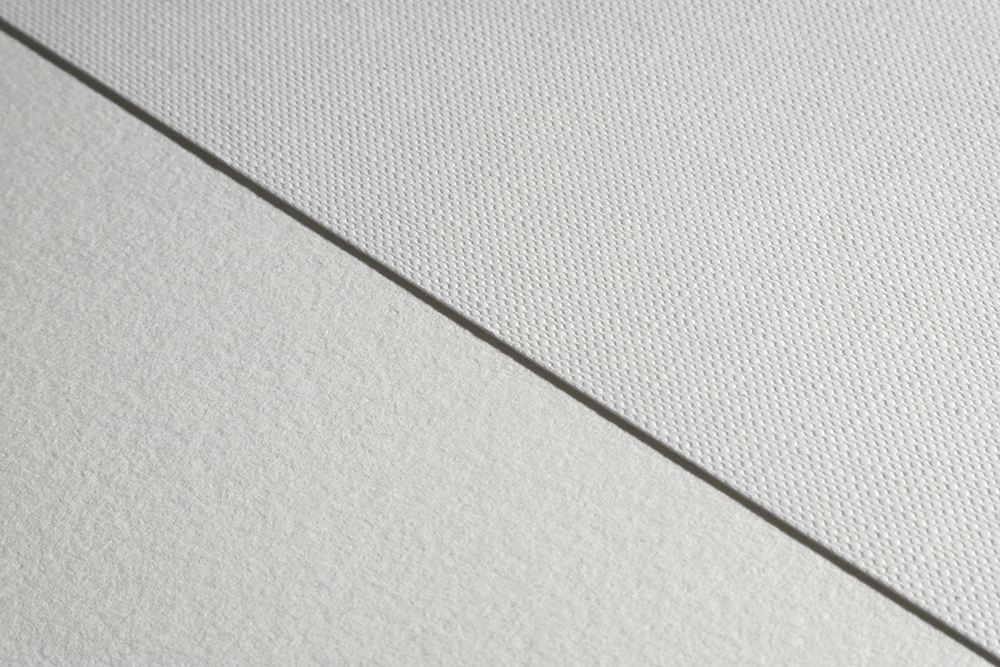
Most of our oil portray papers are made from acid-absolutely free wood pulp. This pulp is no cost from lignin to assure that it is archival. The only exception is Arches Huile, which is produced from 100% cotton. Cotton is the purest form of cellulose out there for paper creating, and imparts extraordinary toughness and resilience on this surface.
Why Really should I use Oil Painting Paper as a substitute of Canvas?
Paper offers several added benefits about conventional stretched canvases, canvas boards and portray panels. For newcomers, the price of paper is a whole lot more accessible. It is fantastic for testing out new mediums and you will have fewer inhibitions or concerns about ‘wasting’ high priced art provides. This can make it a lot simpler to apply and learn the ropes of a new medium. If you discover you seriously take pleasure in it there will constantly be the alternative of canvas and panels should you demand them.
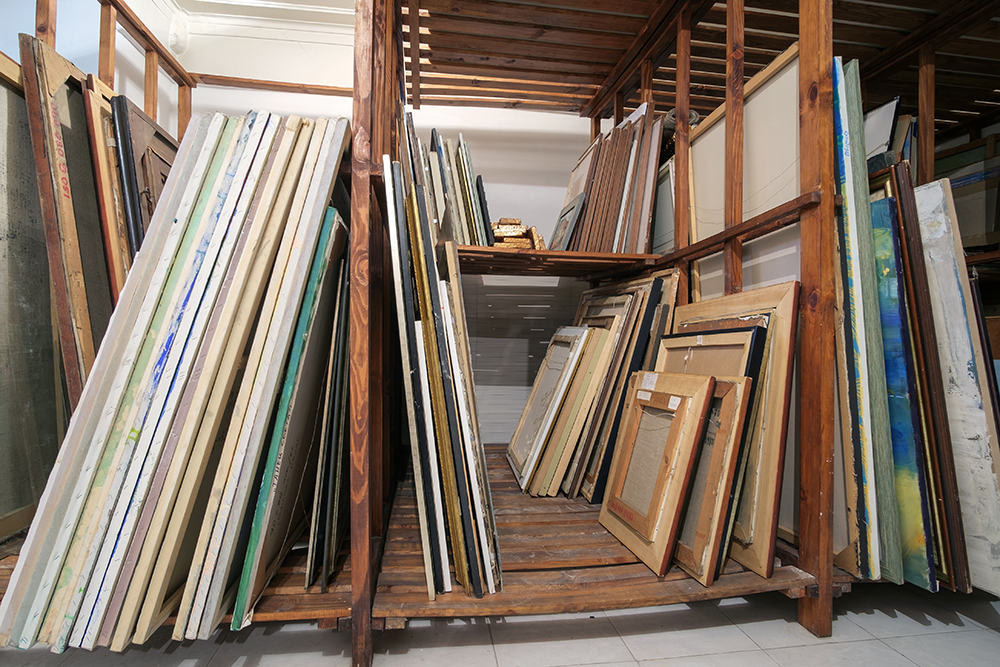
It also makes a excellent surface area for artists who like the strategy of painting on paper, but who are reluctant to shell out the time and money on priming other papers. These papers can be painted on as before long as they are in your fingers – so you’re prepared to make as soon as inspiration strikes!
Oil paper is also significantly less difficult to store, transport and ship. This will make it suitable for artists who go to classes or paint outside. Carrying a pad of paper is a lot a lot easier than lugging about bulky canvases or heavy boards. Paintings on paper can also be saved and delivered flat, with comparatively few products and room required to ship them.
Nevertheless, there are some downsides to employing paper. Normally, paper isn’t advised for quite thick applications of paint. It is substantially far more flexible and fragile, and therefore extra prone to damage than either canvas or panel. Humidity will lead to your paper to develop and contract – a phenomenon that results in being additional seen with age. Some artists choose to battle this deterioration by adhering their oil paintings on paper to board for further guidance, with some also framed at the rear of glass.
Our Range of Oil Painting Papers
We have a huge range of oil painting papers from nicely proven artwork makes. Each of the papers down below will come pre-primed so you really don’t have to worry about prepping when your paper comes. You can set paint to paper as before long as they are in your hands! Our oil painting paper assortment incorporates:
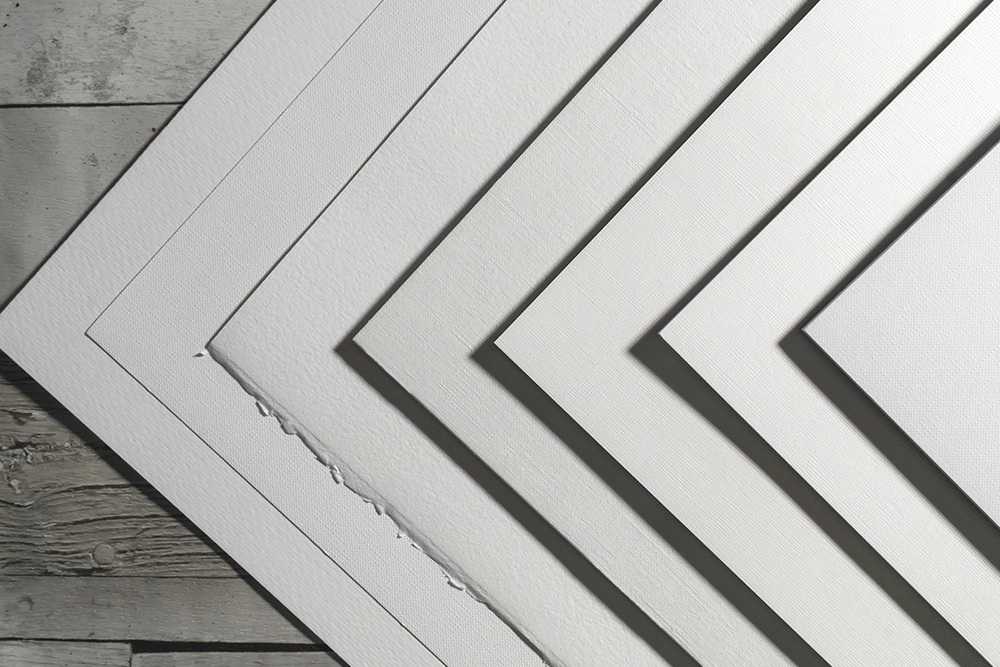
These papers vary marginally in their colour and texture. Most of them are pressed with a canvas-like texture, nevertheless the Arches and Pittura both equally have a floor similar to NOT watercolour paper. Although it isn’t strictly a canvas ‘paper’, Canvas Pads offer you the familiarity of portray on genuine canvas, but without the need of the bulk of a stretcher. These pads include sheets of real canvas, that are pre-primed so you do not have to stress about prep. Like paper, these pads will warp with weighty purposes of paint.
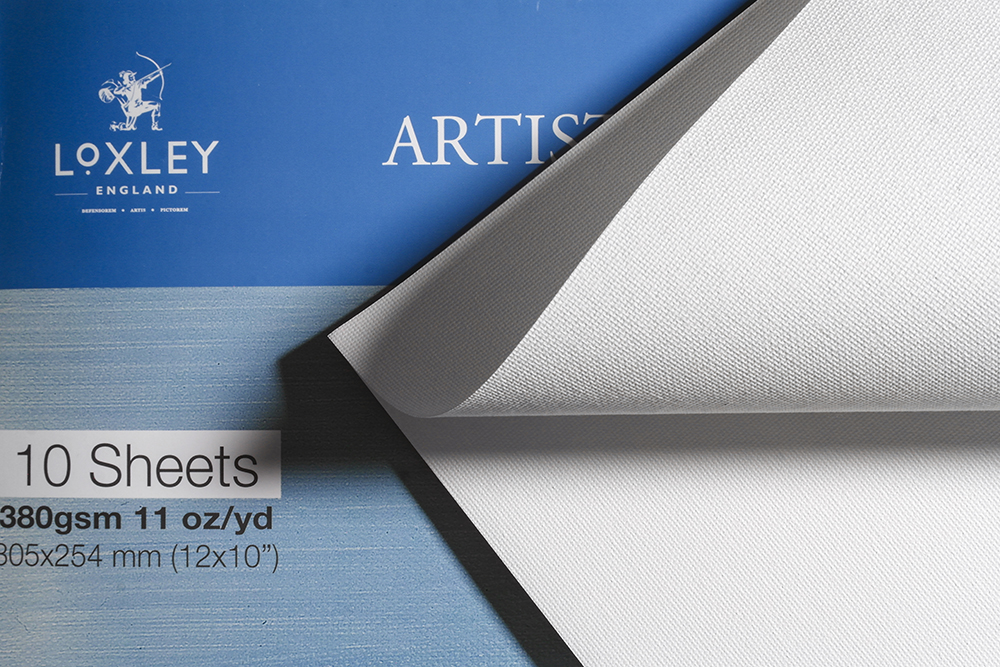
Do I have to paint on Oil Portray Paper?
The small reply to this concern is ‘no’ – you do not have to use an oil painting paper if you are functioning in oils. Nevertheless, if you choose to do the job on a non oil painting paper you’ll will need to do a little bit more preparation and priming of the area. With no this you’ll uncover the oil binder will leach into your paper this means your paints will not adhere and will dull around time. In the worst scenario scenario your paint could crumble from the floor. Some artists sense that the time expended prepping and priming isn’t really worth the inconvenience. While for others, the excess do the job helps them accomplish a surface that correctly satisfies their painting method.
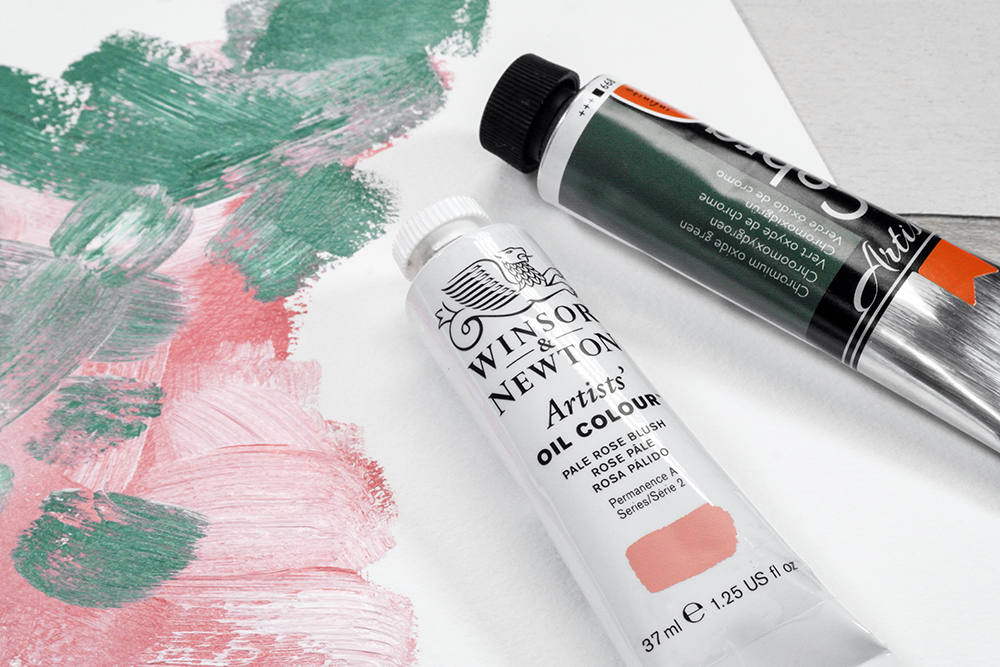
For several artists, doing the job with a non oil portray paper gives them a lot more alternative in both equally bodyweight and texture. For case in point, you’ll uncover couple of oil portray papers that exceed 300gsm (Pittura is our heaviest at 400gsm). If you operate in oil, and really do not mind a little bit of more do the job you could choose to do the job on a heavy weight watercolour paper up to 640gsm. Our ideal good quality, 100% cotton watercolour papers will offer the ideal balance and longevity, and externally sized papers will mean the paper absorbs much less oil. You’ll also have the preference of doing the job on a smooth (Warm Pressed), reasonably textured (NOT) or very textured (Rough) area. These textures will continue being even following you use dimension and primer, which can deliver interesting attributes to your paintings. When its really worth investing in a large paper for your finished paintings, a lighter weight paper would be ideal for rapid research.
Getting ready your paper for use with oil paints
You can get ready most papers so they are acceptable for oil portray. It breaks down to just two procedures – sizing the paper and priming the paper. Size is a substance extra to paper to management its absorption. Priming coats your paper in a substance (normally an acrylic-dependent Gesso or Oil Primer) that provides a little bit of ‘tooth’ for your paints to adhere to.
Applying oil paint on paper definitely highlights the worth of correct surface area preparation. Inadequate planning not only leaves your painting susceptible to deterioration, but also produces a lot of extra do the job for individuals who glimpse following your artwork in the foreseeable future.
Sizing your paper
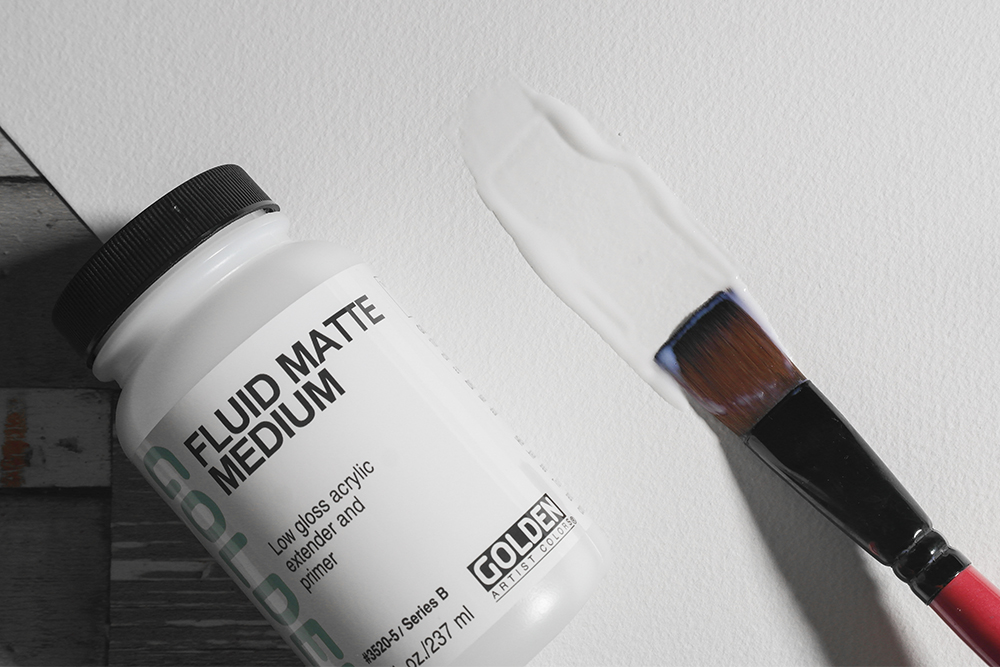
Sizing is fundamentally a sealant that controls absorption and minimizes the amount of oil that leeches into your paper. You can also use acrylic mediums to sizing paper all set for oil portray. In the examples revealed under we made use of two unique mediums – Golden Fluid Matte Acrylic Medium and Golden Matte Acrylic Medium – to sizing the paper. Just one slender layer of size really should be ample – although if you are making use of an oil-based primer rather than acrylic gesso you may perhaps want to implement far more layers.
Priming your paper
Primer sits in between the measurement and the paint you apply. It has ‘tooth’ which means that it will adhere to your paper improved than paint on your own, and will also increase texture for your paint to adhere to. If you’re doing the job on paper then you can use both acrylic gesso or oil dependent primer. Use Gesso or primer in slender levels, only including successive layers if the previous layer is absolutely dry. You should brush each layer on in the reverse path to the layer just before. The final layer will kind the floor that your paint can adequately adhere to. This closing layer will have a purely natural tooth. The act of making use of your gesso in various directions will also incorporate to its texture.
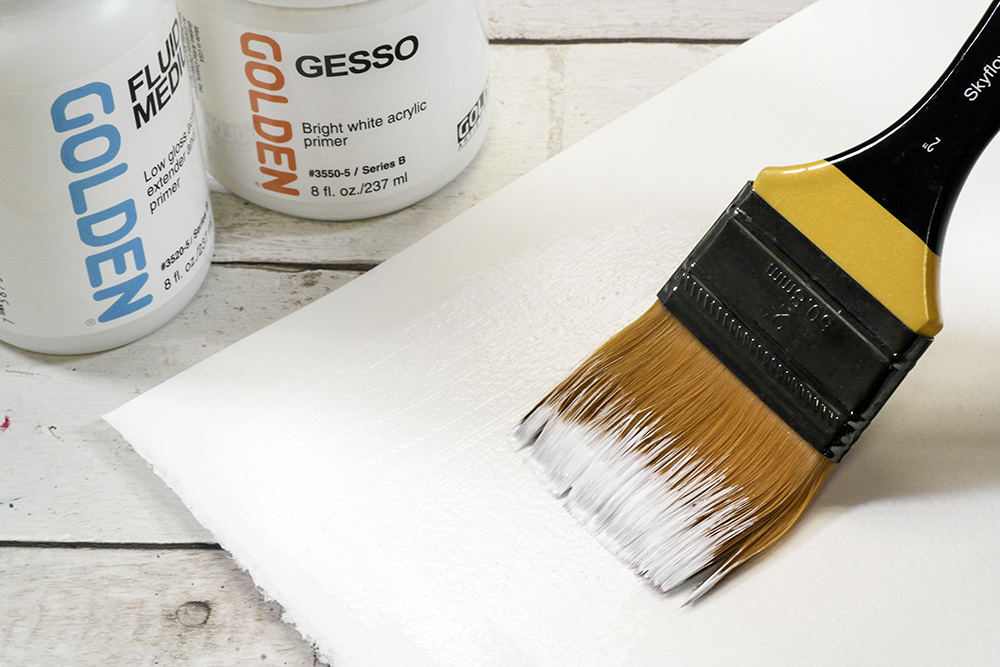
It is really worth noting that your paper does require to be fairly hefty to withstand the software of sizing and primer without warping. The key challenge will be preserving your paper flat. If you uncover your paper is cockling, you can tape down the edges of your paper to decrease it. Once dry you can also operate the paper around a table’s edge to counteract the warping. As soon as sizing and primer are on the paper you should really leave it to dry for 3 days right before you utilize your paint.
Other Papers Appropriate for Oil Painting
You can prep just about any paper for portray with oils – but you will need to believe about what you want from your painting in purchase to decide on an correct paper.
If you are just searching to create swift sketches or colour reports then you’ll most likely obtain that a reasonably lightweight cartridge or watercolour paper is acceptable. You could also get absent with only treating the paper with a couple layers of gesso and forgoing the altogether if longevity isn’t a concern.
Watercolour Paper
Watercolour Paper is offered in a good array of weights and textures. Investing in a superior quality paper also provides you the option to work on a 100% cotton floor – perfect if you’re seeking to insert to the longevity of your artwork. Nonetheless prices can shortly mount if you select to choose for the heaviest, 100% cotton papers.
The impression under displays two strokes of oil paint – common oil (the darker blue) and water mixable oil (lighter blue) – analyzed on patches of paper prepped and primed in distinct strategies. The samples have been left to dry for in excess of 12 months. It’s crystal clear from on the lookout at the oil staining on the back again of the sheet that right preparation reduces oil seepage.
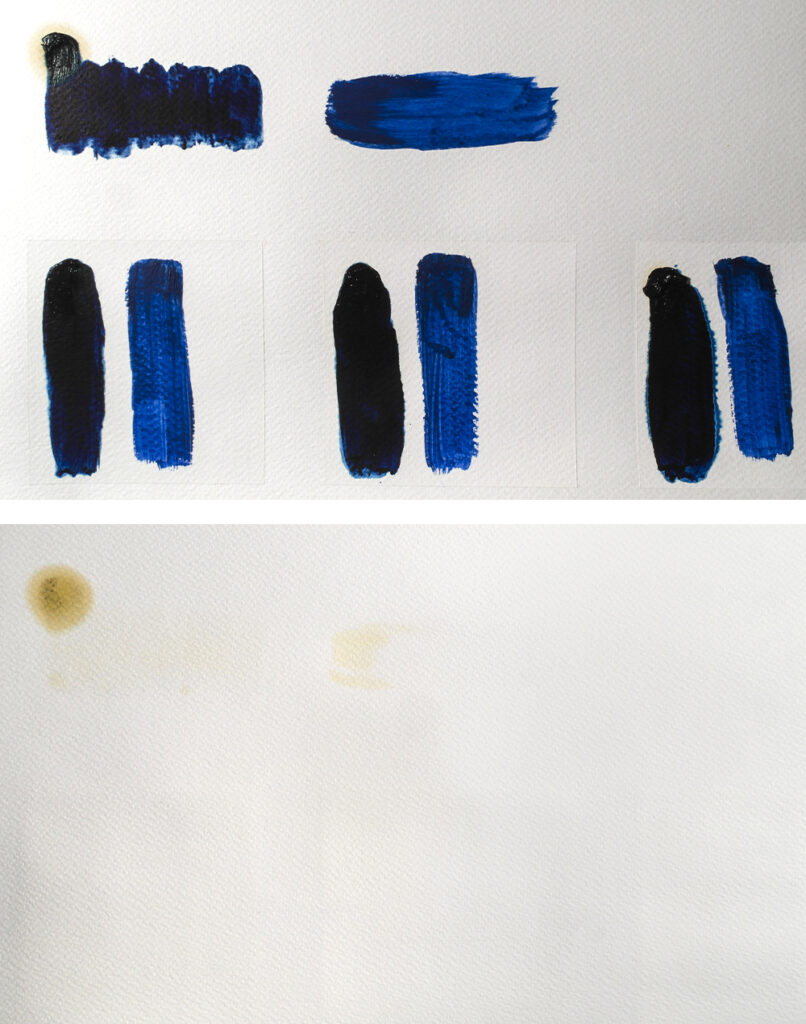
Cartridge Paper
Cartridge Paper is fairly affordable, and is offered in a variety of weights – however, you won’t get as weighty a paper as you would in our watercolour paper ranges. Lighter weights are prone to cockling when sized and primed, but are still helpful for building brief scientific tests. The samples underneath were painted in the same way as the watercolour paper above, having said that they have been remaining to dry for only six months.
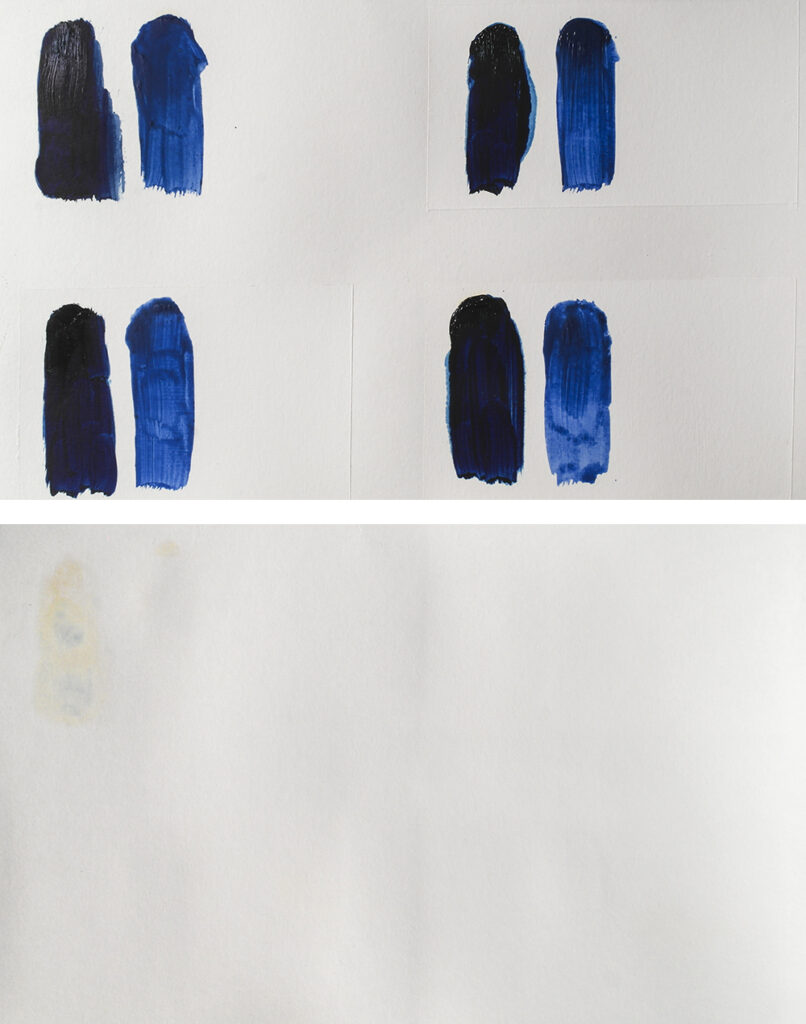
Varnishing Oil Paintings on Paper
You need to varnish your oil paintings on paper as you would any other oil painting. The application of varnish will not only safeguard in opposition to dust and grime, but will also unify the sheen, guard towards UV damage and enables for easy cleansing. The normal rule of thumb is that an oil portray should not be varnished for at least 6 months after it is done. For thicker purposes drying will acquire even more time – while if you are utilizing paper your programs will not be this thick.
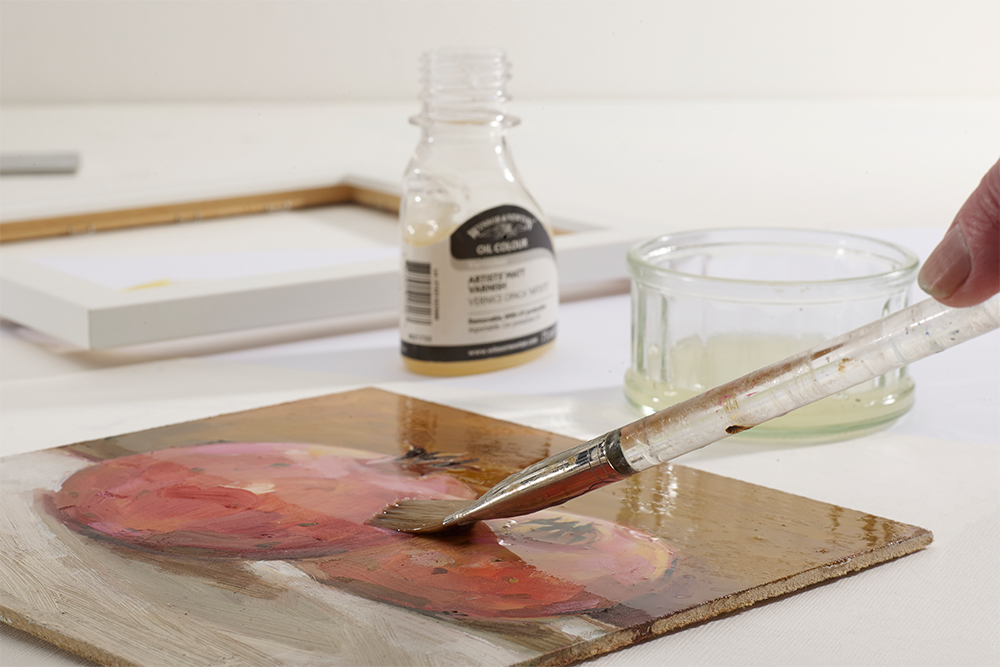
If you are not sure whether or not your portray is dry or not you can take a look at it with a rag. Dip a lint-cost-free rag in solvent and rub it carefully on the area of your painting. Elevate the fabric and check it for colour. If it lifts any color then you’ll will need to hold out extended for your portray to dry. If there is no color on the rag then you can varnish your portray.
Some artists obtain they can not hold out the 6 months or more for their paintings to dry entirely. If you’re in this posture and need to have to give it some momentary defense then you could use retouching varnish. Retouching varnish adds a little toughness to a not long ago completed painting when however letting it to ‘breathe’ and dry extensively. At the time your painting is fully dry you can utilize your closing varnish.
Displaying Oil Paintings on Paper
Oil paintings on paper are prone to damage. Because of this it’s a good idea to frame them behind glass. Paper is also more susceptible to deterioration because of its overall flexibility. You can lessen this versatility by adhering it to a panel. You can do this using a very good good quality acrylic medium as an adhesive.
Find out our total array of oil painting papers on the internet, as properly as oil paints, oil brushes and oil mediums.
